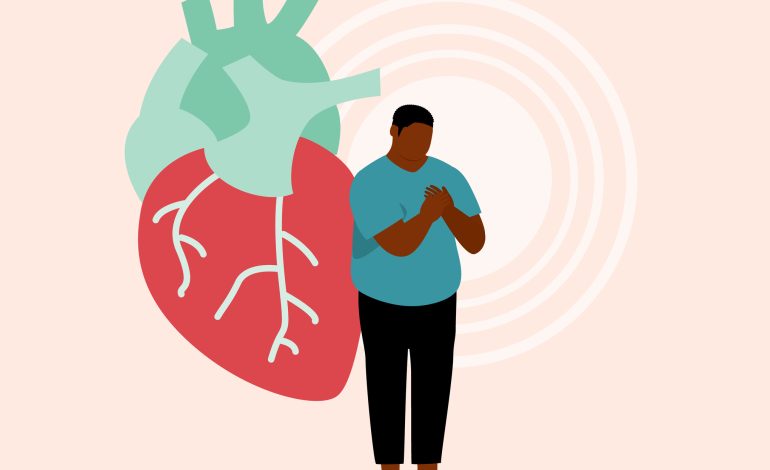A recent report from the American Heart Association (AHA) reveals that major cardiovascular health risk factors in the US such as obesity, high blood pressure, and diabetes are continuing to rise, making it more challenging to reduce heart disease, stroke, and other heart-related deaths.
According to the 2025 Heart Disease and Stroke Statistics report published on January 27, 2025, these escalating risk factors are impeding progress in the fight against heart disease, which remains the leading cause of death in the country.
The data shows a slight increase in heart-related deaths, with 941,652 deaths in 2022, up from 931,578 in 2021. Although heart disease-related deaths appear to be stabilizing after a significant surge during the COVID-19 pandemic, cardiovascular diseases continue to claim nearly 2,500 lives every day—one every 34 seconds.
“Those are alarming statistics to me—and they should be alarming for all of us, because it’s likely many among those whom we lose will be our friends and loved ones,” said Dr. Keith Churchwell, president of the American Heart Association.
Heart disease and stroke together kill more people in the US than all forms of cancer and accidental deaths combined, he pointed out.
The AHA report outlines worrying trends, particularly for high blood pressure, obesity, and diabetes. Nearly 47% of US adults have high blood pressure, while more than 72% are overweight, and nearly 42% are clinically obese. Additionally, over half of adults (57%) suffer from type 2 diabetes or prediabetes. Experts warn that, if current trends persist, by 2050, more than 180 million US adults could be affected by hypertension and obesity, and over 80 million by diabetes.
These risk factors are not only rising in prevalence but also disproportionately impact certain demographic groups. Black women have the highest obesity rates at 58%, and Hispanic men have the highest diabetes rates at 15%. Black women also experience the highest rates of high blood pressure at 58%, compared to 35% among Hispanic women. These disparities highlight the urgent need for targeted health interventions for high-risk populations.
Dr. Latha Palaniappan, vice-chair of the AHA’s statistical update committee, emphasized the severity of excess weight as a health threat.
“Excess weight alone lowers life expectancy by as much as 2.4 years compared to a healthy weight,” she said.
Dr. Palaniappan noted that this impact is particularly significant for women and Black Americans. Shockingly, excess weight is now responsible for more lives lost than smoking, as smoking rates have declined over recent years.
While smoking has become less common in the US, with just 12% of adults currently smoking compared to over 40% in the mid-1960s, other risk factors like poor diet and sedentary lifestyles remain prevalent. The AHA report also acknowledges some positive trends, such as improved cholesterol management, which has likely been aided by better awareness and medications.
The economic burden of cardiovascular disease (CVD) is substantial, with the US spending $418 billion on heart disease-related healthcare in 2020-2021. If current trends persist, healthcare costs related to CVD are expected to triple by 2050, accounting for nearly 5% of the nation’s GDP. These rising costs underscore the importance of prevention and better access to treatments.
Although new treatments for obesity and other CVD risk factors are emerging, their high costs may limit access for many Americans. Experts stress the need for affordable and accessible healthcare solutions, particularly for high-risk groups.
“Simply discovering breakthrough therapies isn’t going to be enough—we have to ensure that these therapies are accessible and affordable to people who need them most,” said Dr. Dhruv Kazi, a health economist at Beth Israel Deaconess Medical Center.
Heart disease prevention remains a priority. The AHA highlights that 80% of cardiovascular disease cases are preventable through lifestyle changes such as eating a heart-healthy diet, exercising regularly, managing stress, quitting smoking, and ensuring adequate sleep.
As American Heart Month approaches in February, health experts are encouraging increased awareness and action to tackle these rising heart health risks. With heart disease claiming the lives of more than 700,000 Americans each year, it is clear that much more needs to be done to curb the deadly impact of these risk factors.
US News & World Report, USA Today, ABC News contributed to this report.










The latest news in your social feeds
Subscribe to our social media platforms to stay tuned